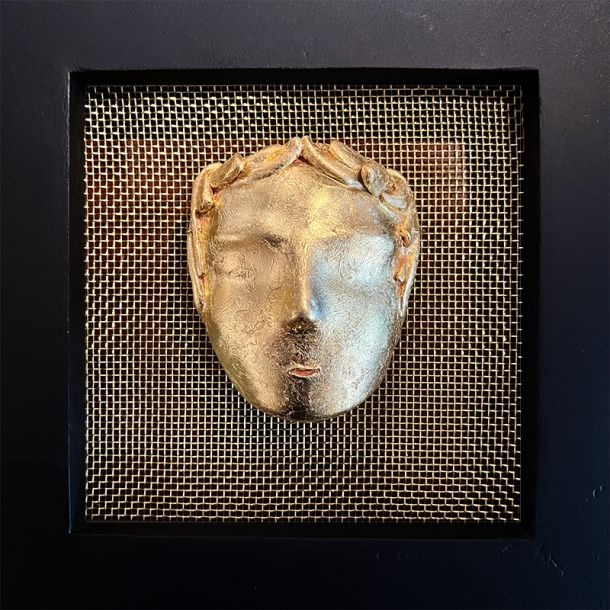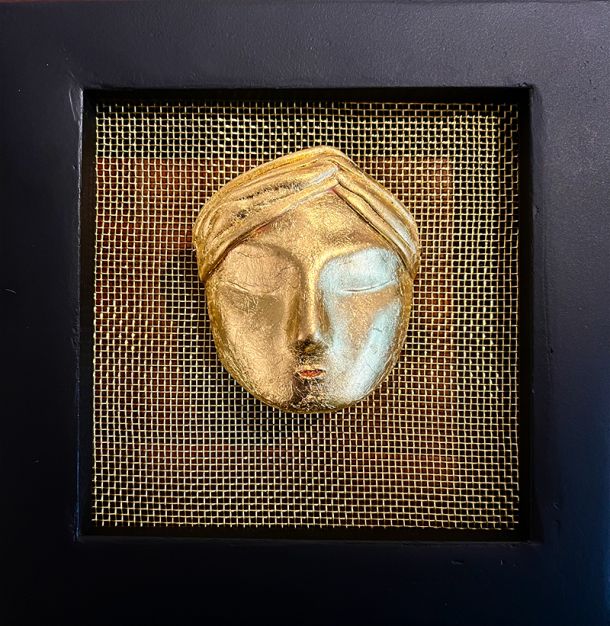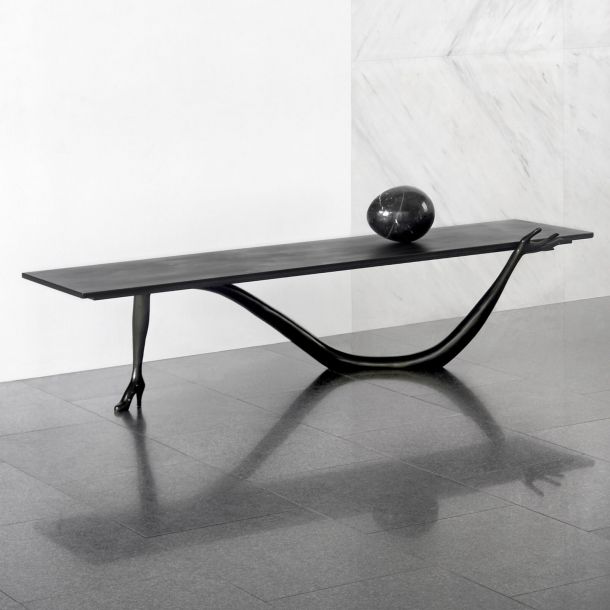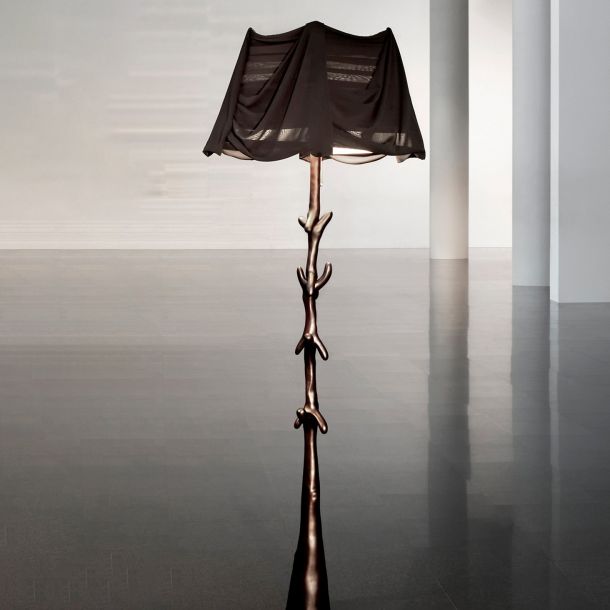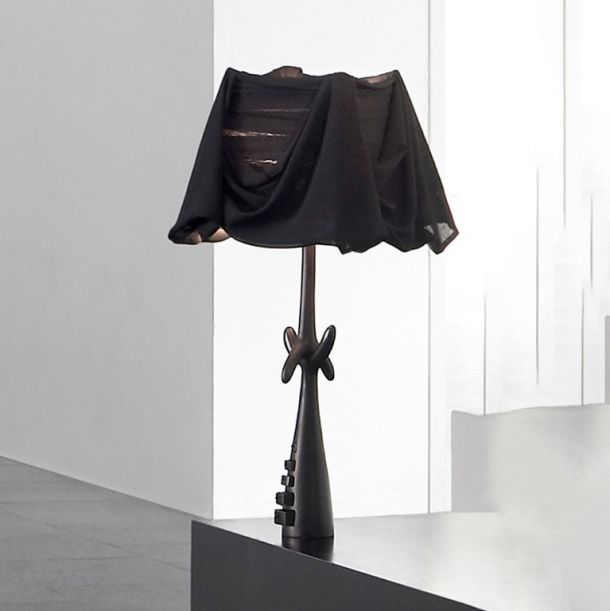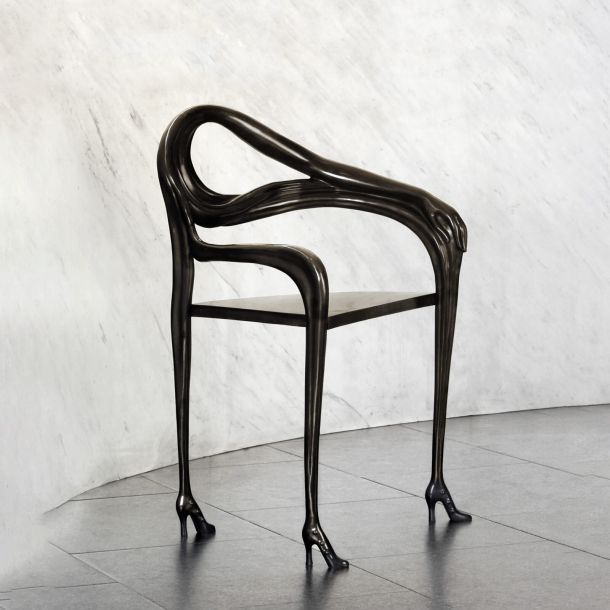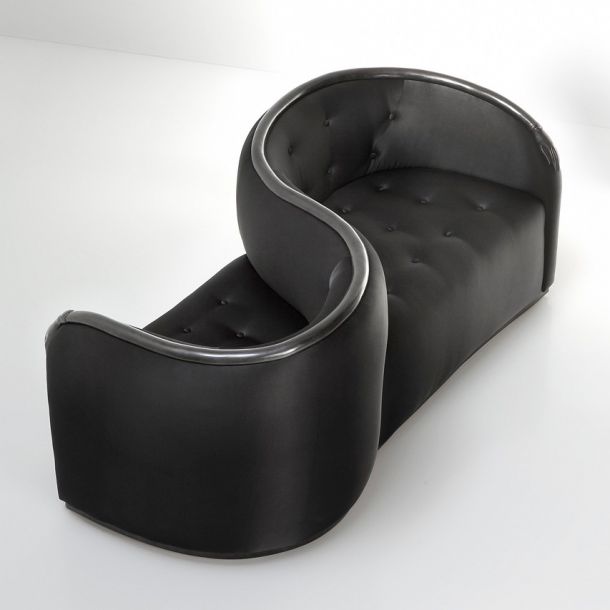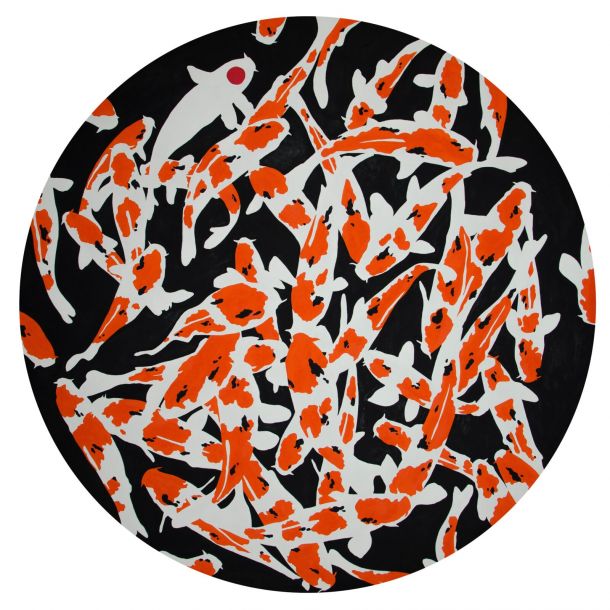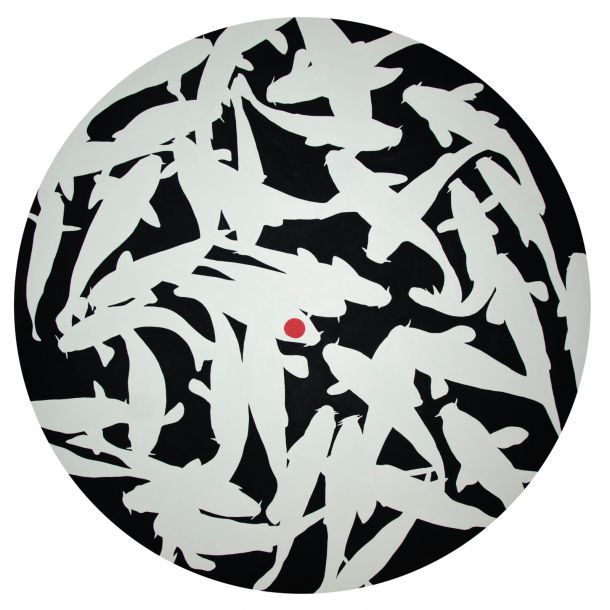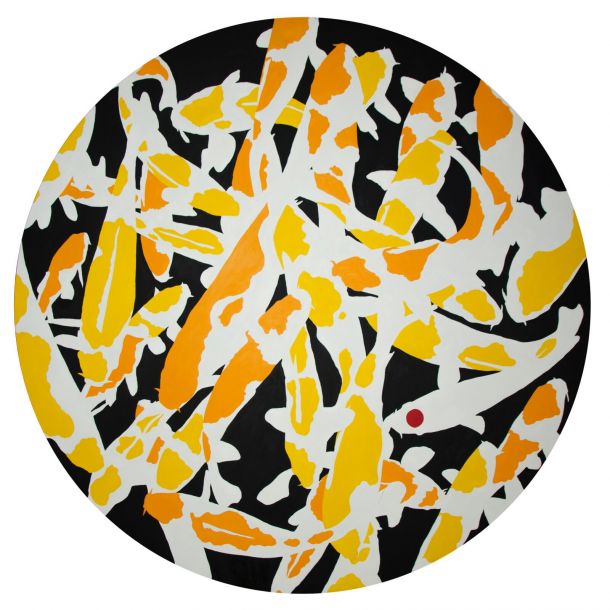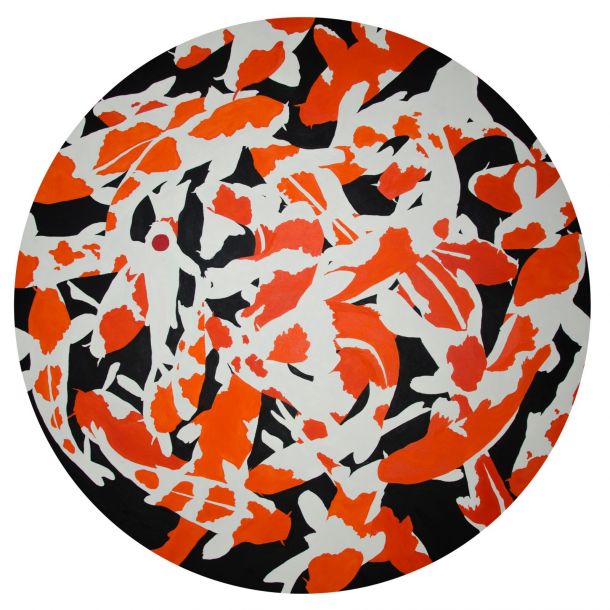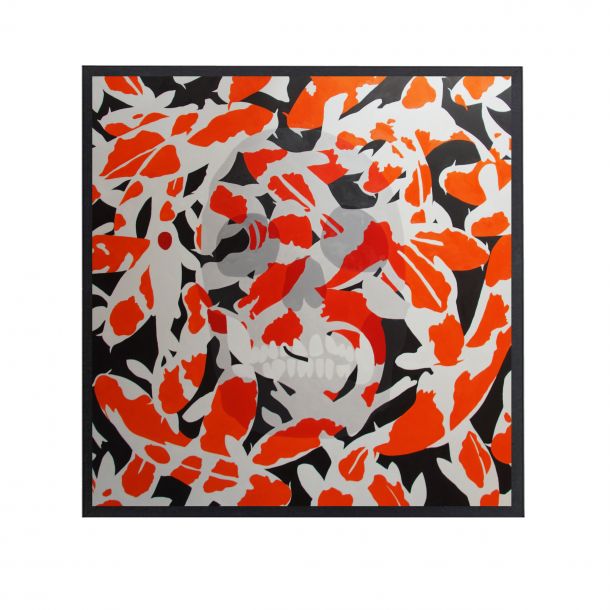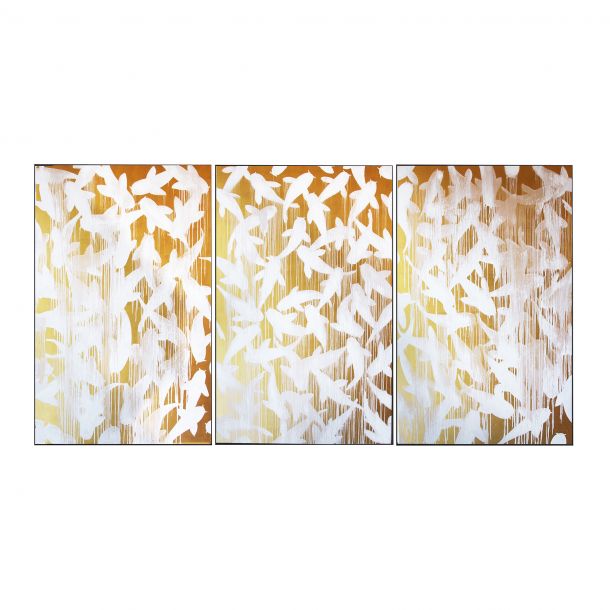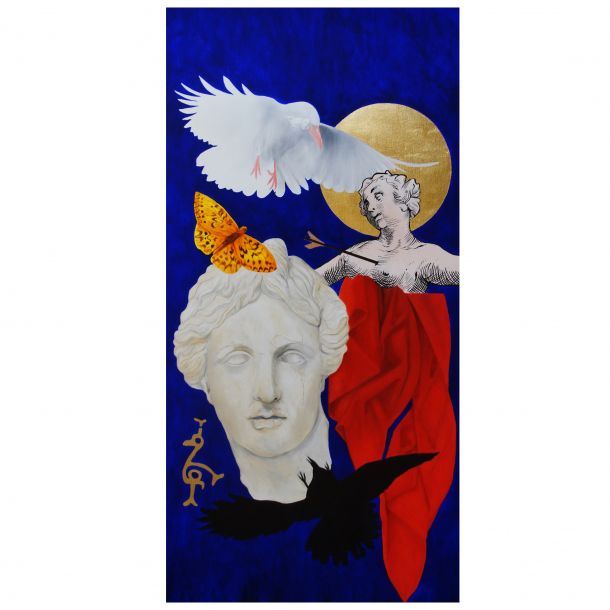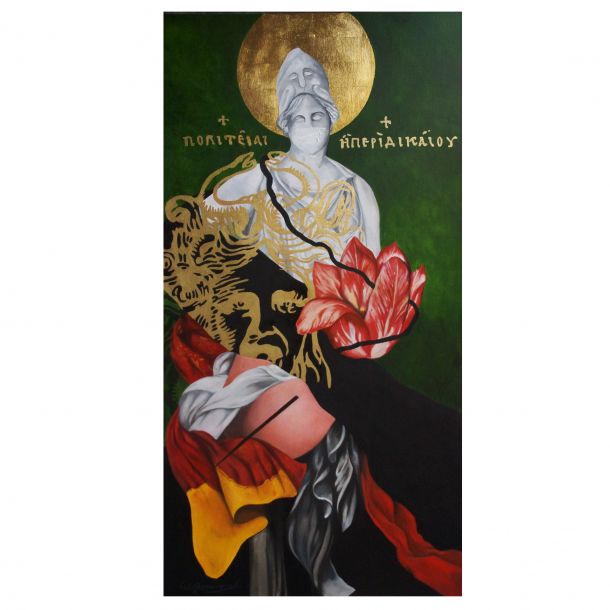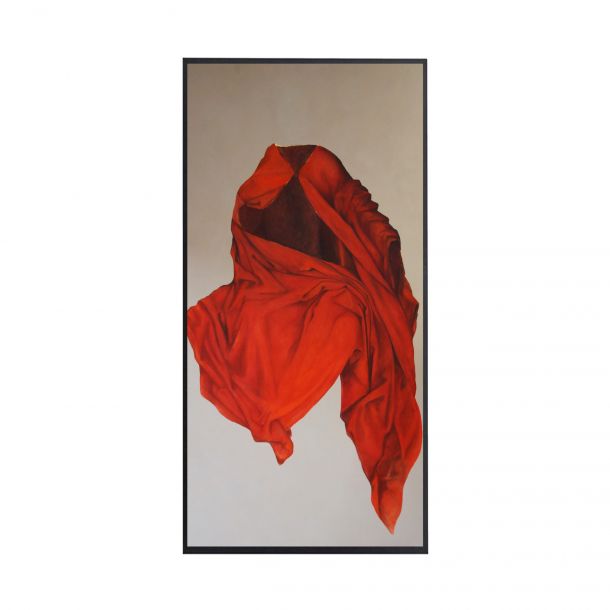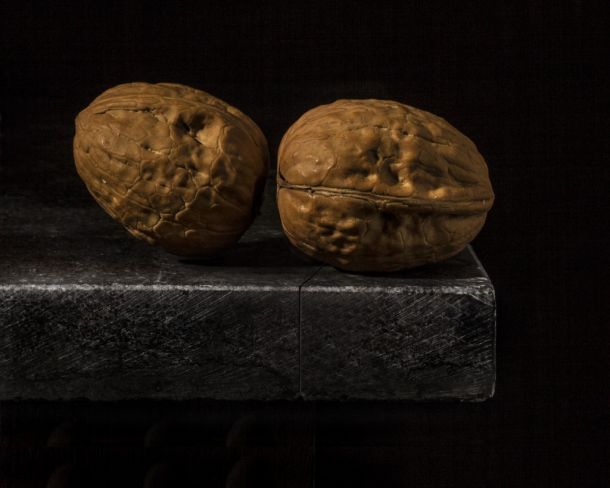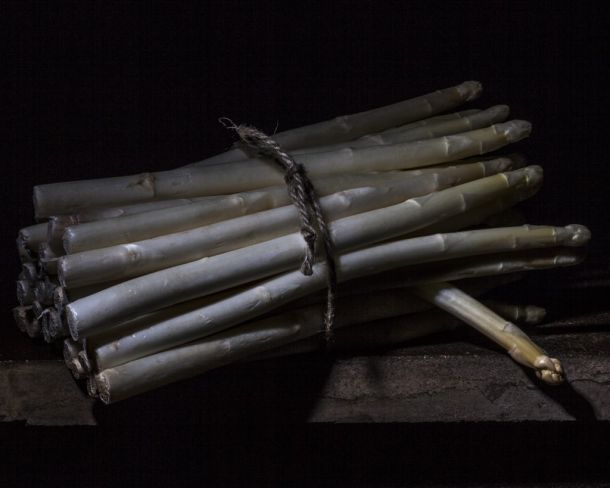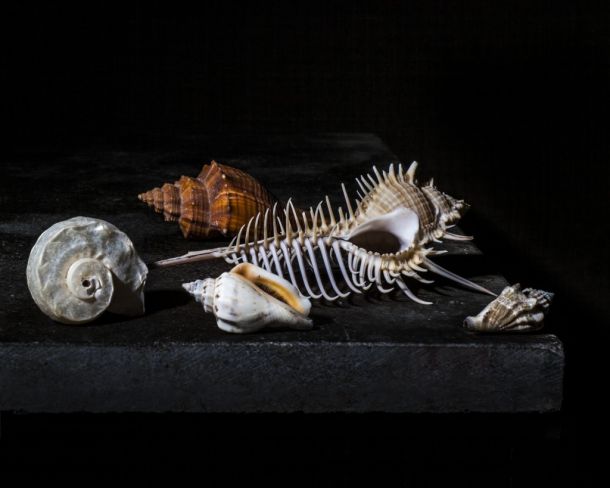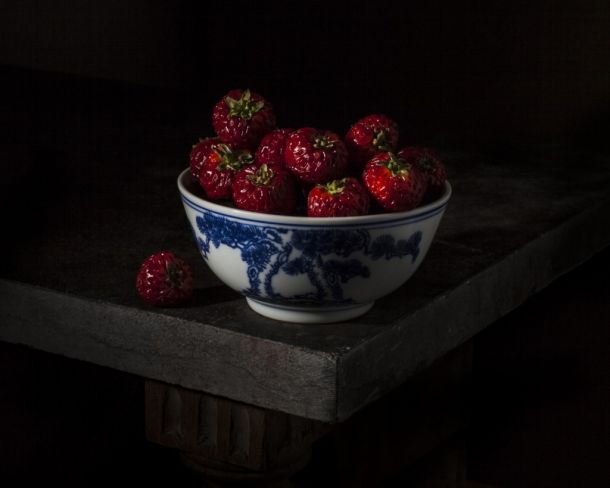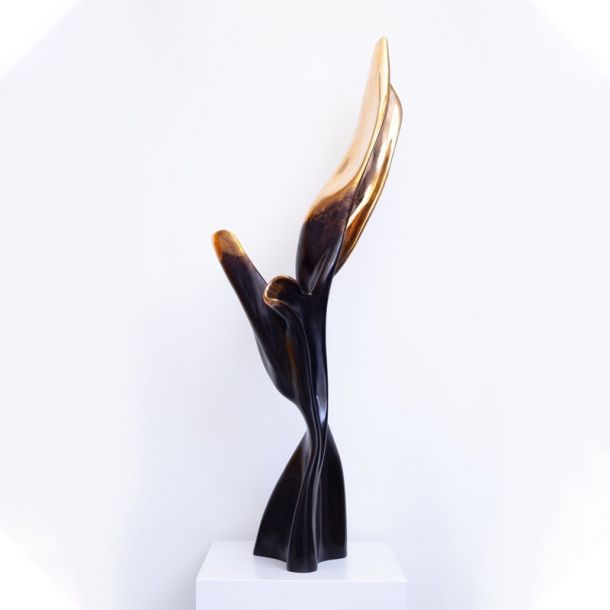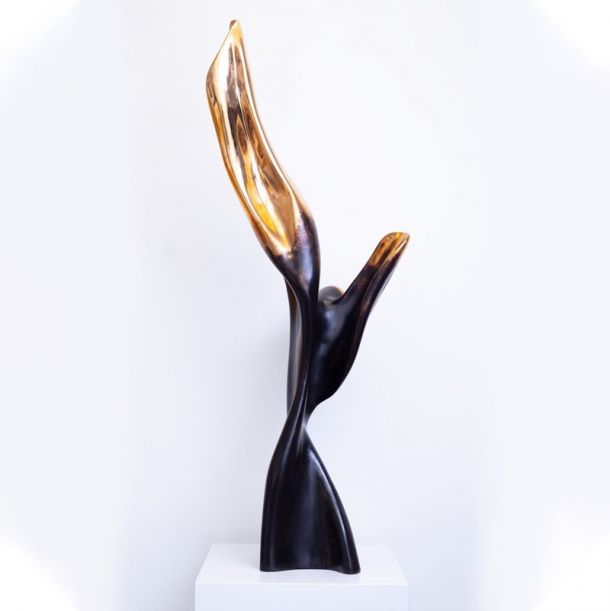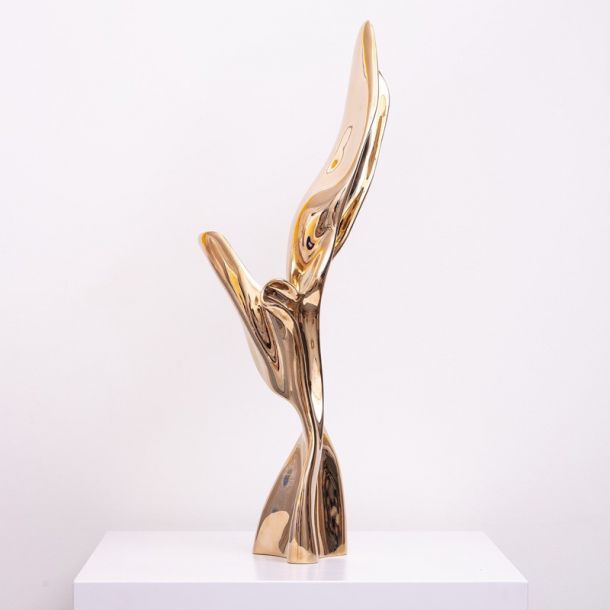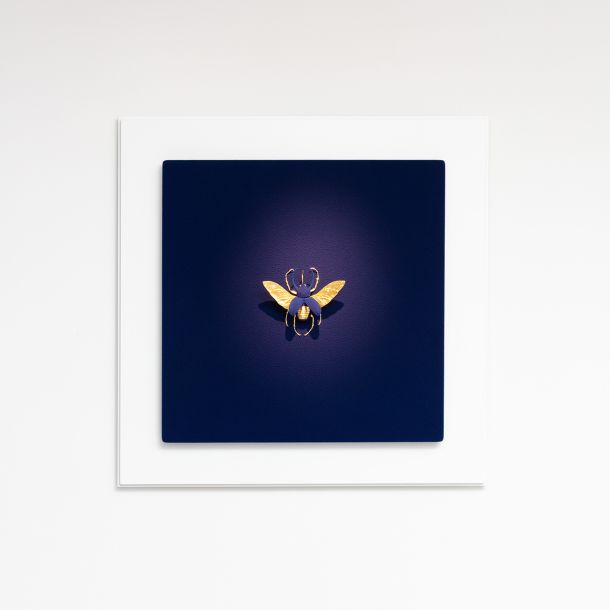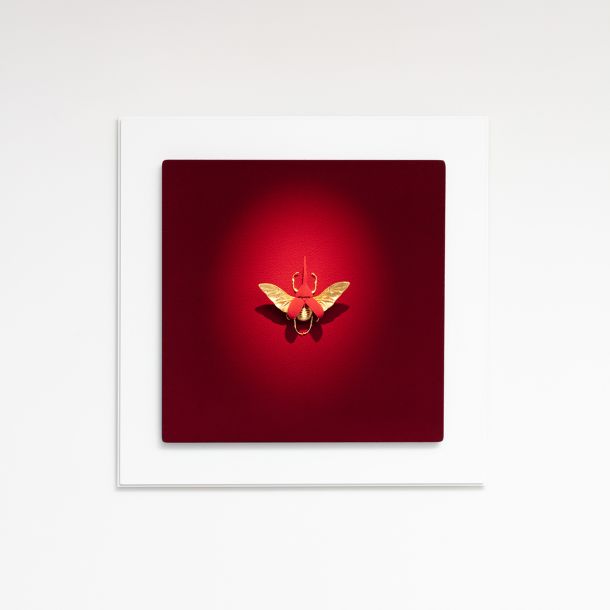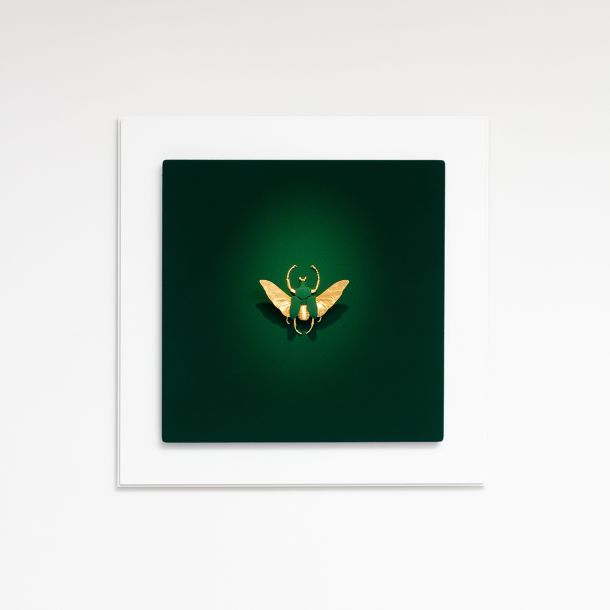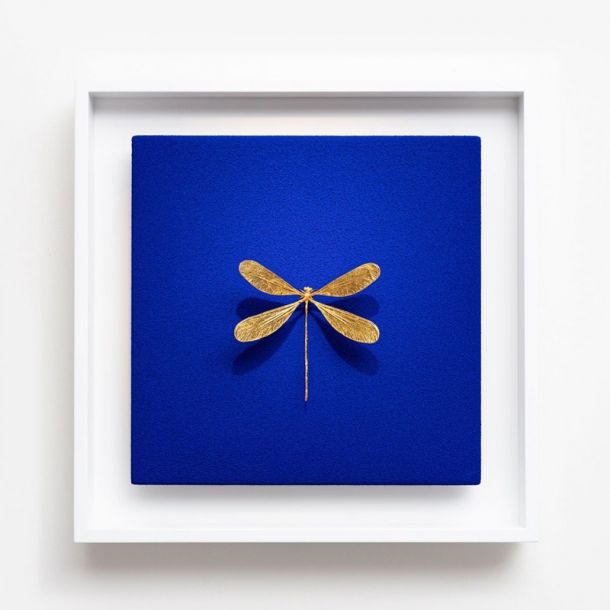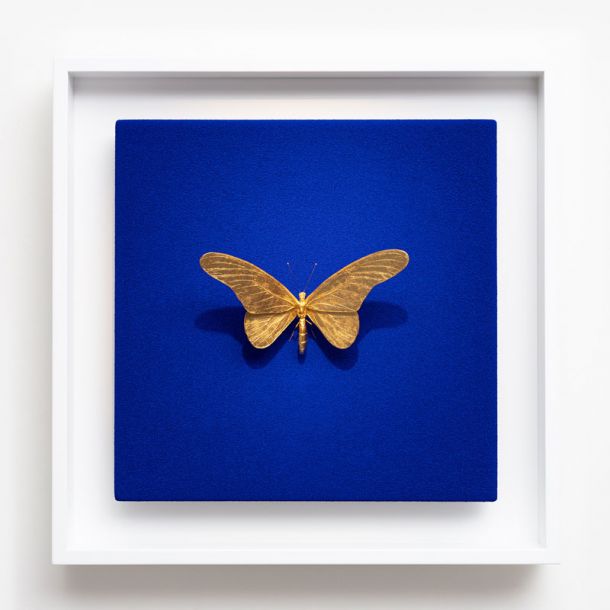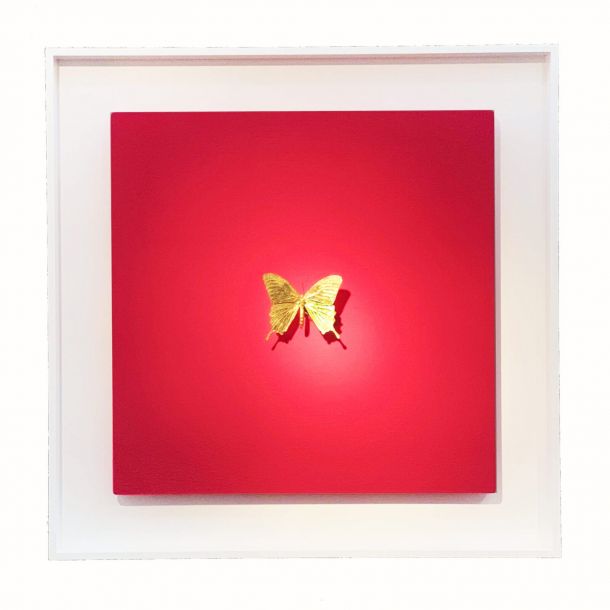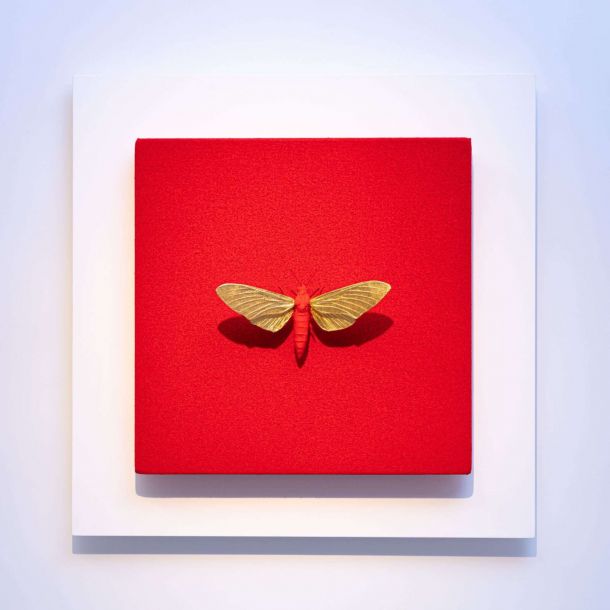Victor Muller
In 2001 Victor successfully completed his studies at the Willem de Kooning Academy in Rotterdam. Four years later he knew what he had to do. His fascination for the work of especially the old masters he studied regularly at the Boymans van Beuningen, pointed him in the right direction. The manual for classical painting by Max Doerner enabled him to express in full what occupied his mind. And that is no more or less than capturing eternity in a single moment. You might say the eternal moment. The creation of the timelessness in a world of symmetry, harmony and stillness.
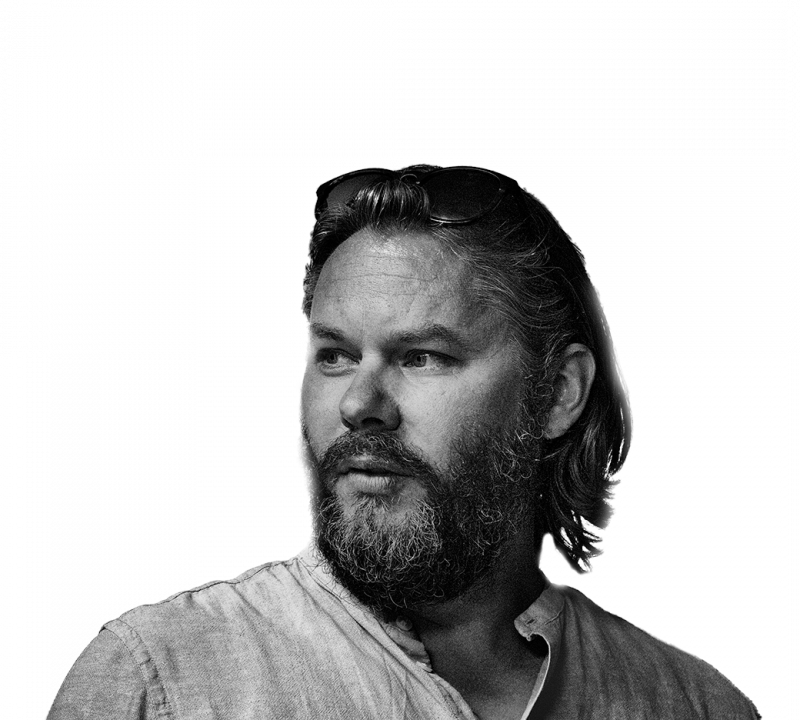
Harmony and stillness
Still Life by Victor Daniel Muller
Oil on Panel
2021
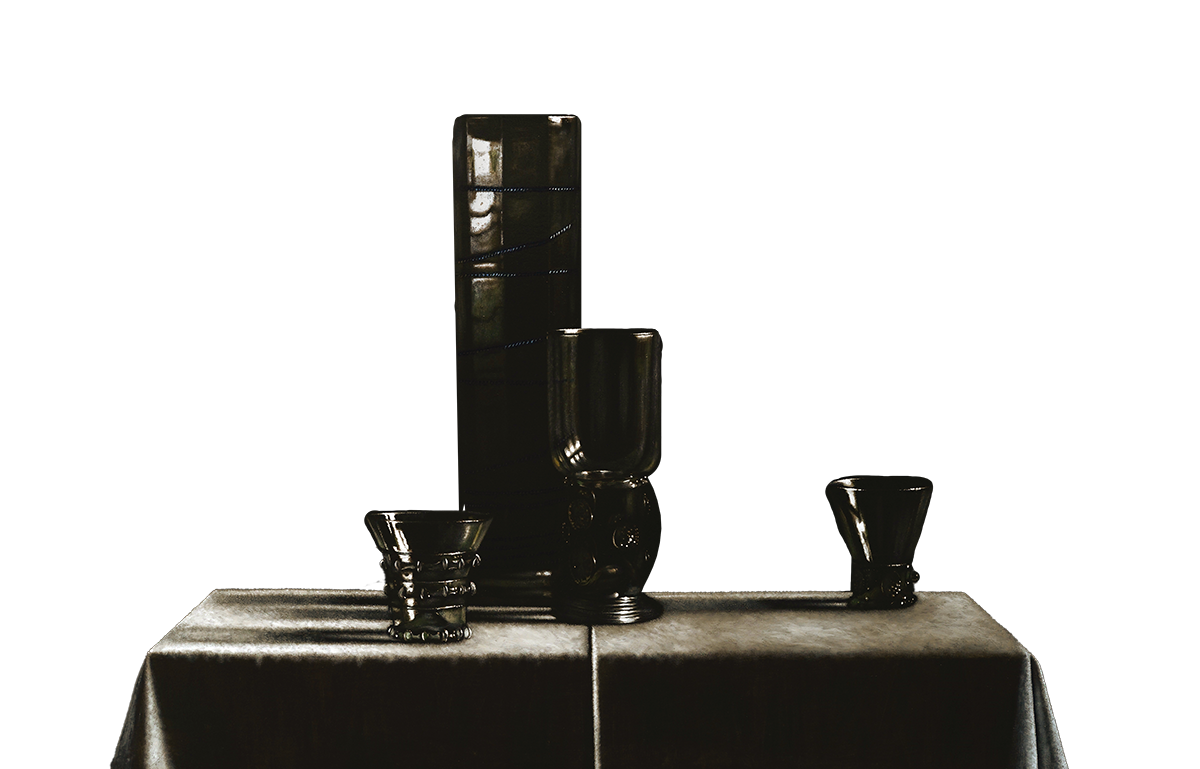
How revealing silence can be.
Immobility and silence with beauty for incantation. The still in the front as primary object, included in a Florentinian villa-garden with the Tuscan landscape in the background. For man as a figure there is no room in the painting. That would create expectations disturbing the balance. Would this be Paradise before the Fall of Sin, before the first human being? No, for the gardener that controlled the outgrowths is the painter himself. It is he who acts as a protagonist in his own Arcadia. To himself he creates a world that keeps him far from everyday madness and hectic. A world corresponding with the desire for perfect harmony and ultimate beauty as a consequence to a romantic life-awareness of an irenical personality. How revealing silence can be.
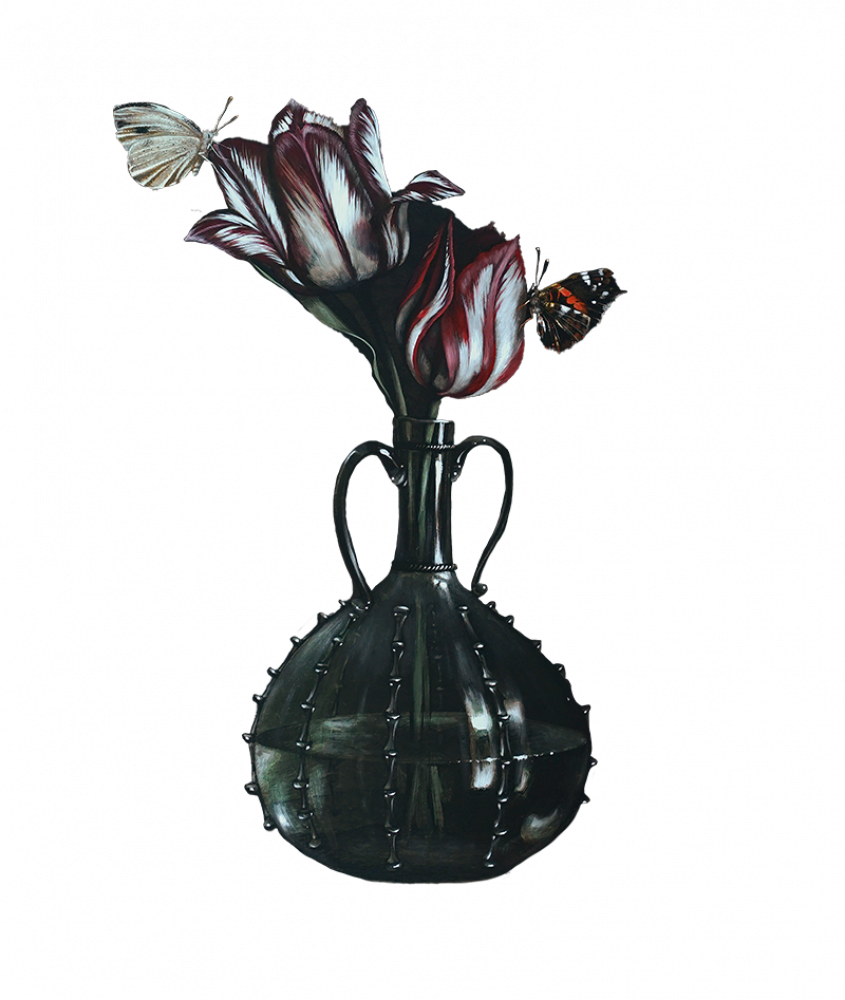
Immobility and silence
Still Life by Victor Daniel Muller
Oil on Panel
2021
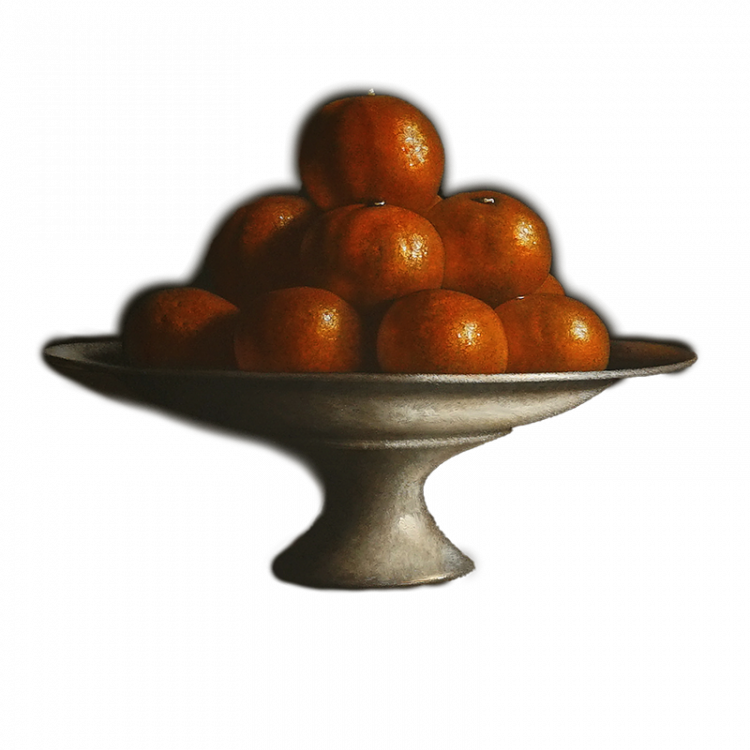
Fantastic realism
Above all Victor Muller was inspired bij Giovanni Bellini (c. 1430 – 1516), the best painter ever according to Albrecht Dürer (1471 – 1528). And also by painters like Johannes Vermeer (1632 – 1675), Henri Fantin-Latour (1836 – 1904), Vilhelm Hammershoi (1864 – 1916) and many more. All of them with the same artistic end in view: the absolute harmony. But he was also stricken by the imaginary world of Dutch fantastic or magic realists like Carel Willink (1900 – 1983), Pyke Koch (1901 – 1991), Raoul Hynckes (1893 – 1973), Dick Ket (1902 – 1940) and Jan Mankes (1889 – 1920). With Thinking a grave, a tribute to Arnold Böcklin (1827 – 1901) he testifies of his admiration for his artistic professional practice and his paintings titled Styx refer unequivocally to this Swiss artist. Nevertheless, his oeuvre bears a genuine own signature. He is a fine painter who does not hesitate to make sgrafitto-ish structures using the backside of his brush. There is also a tendency towards stylisation until abstraction.
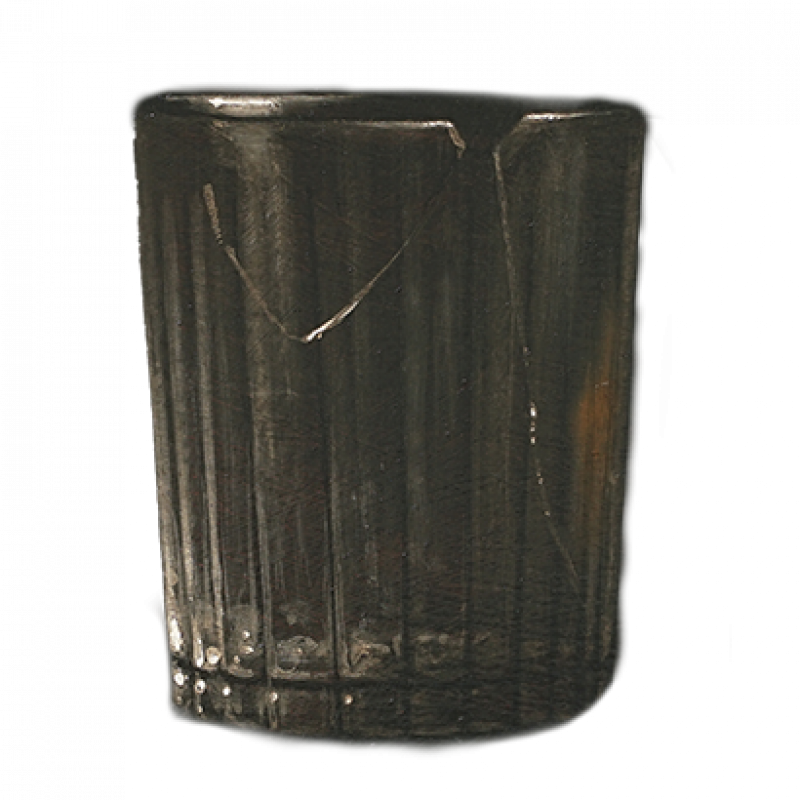
Available Pieces
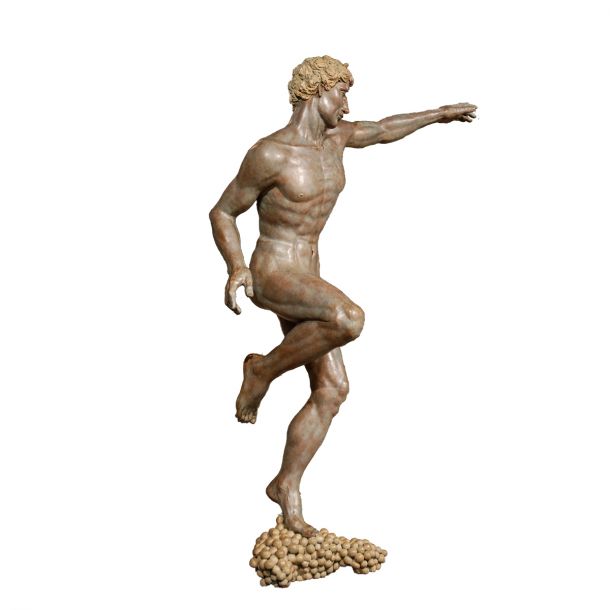
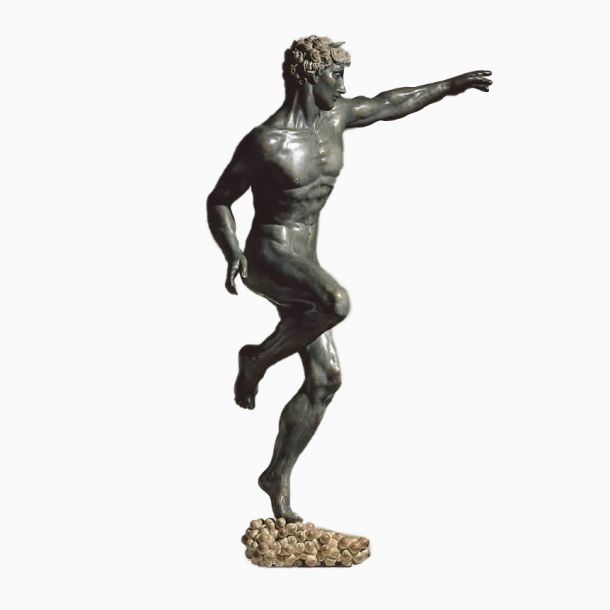
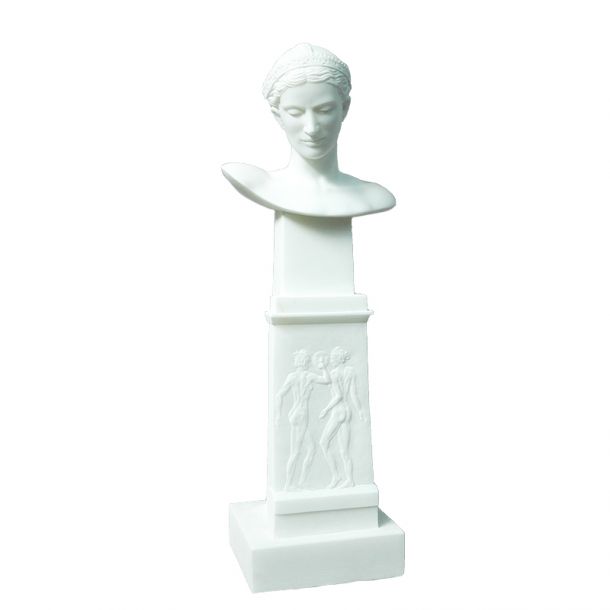
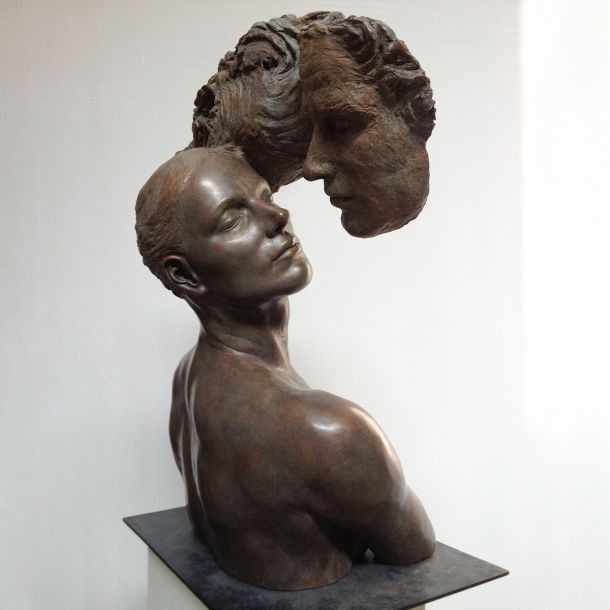
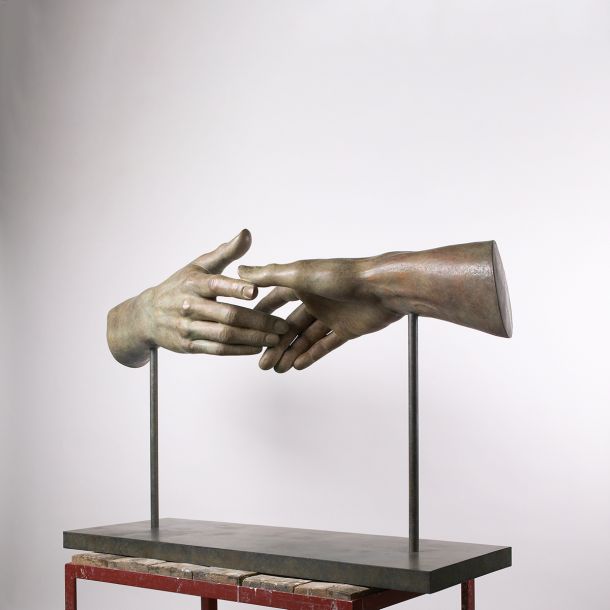
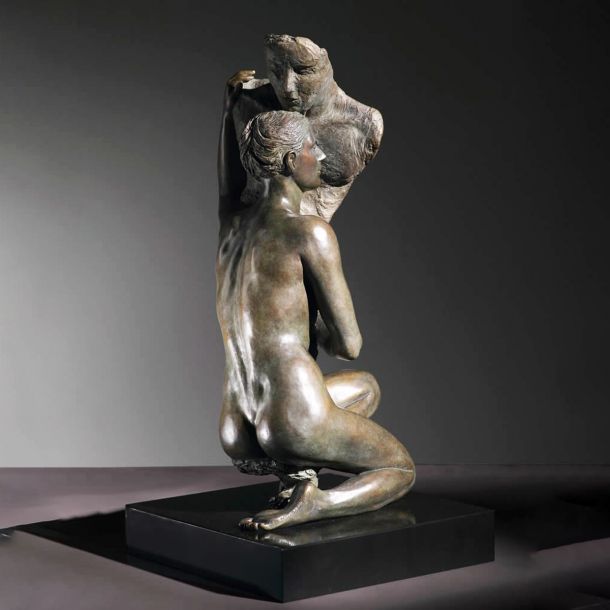
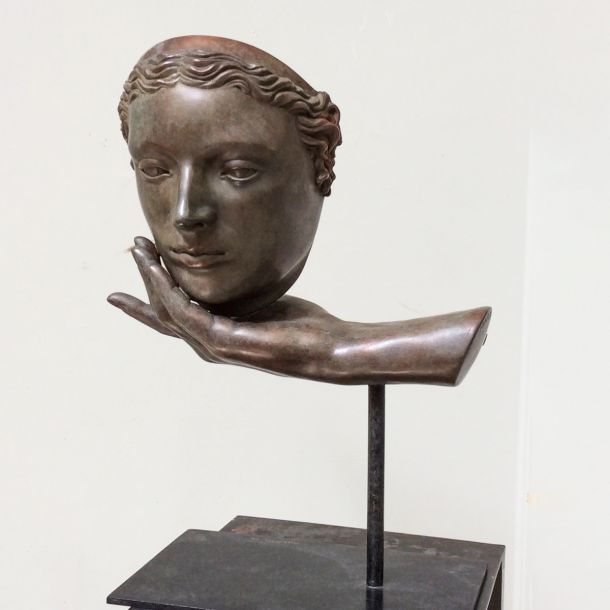
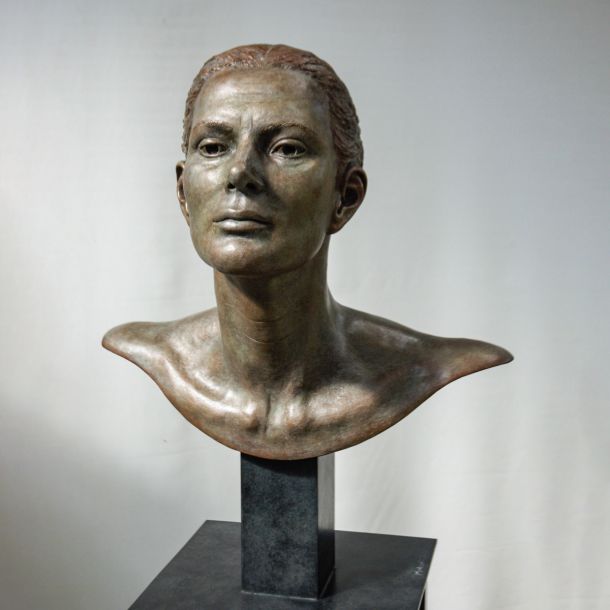
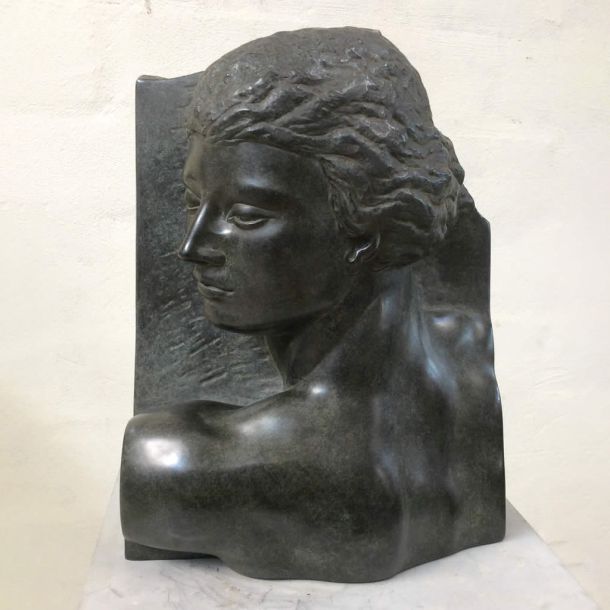
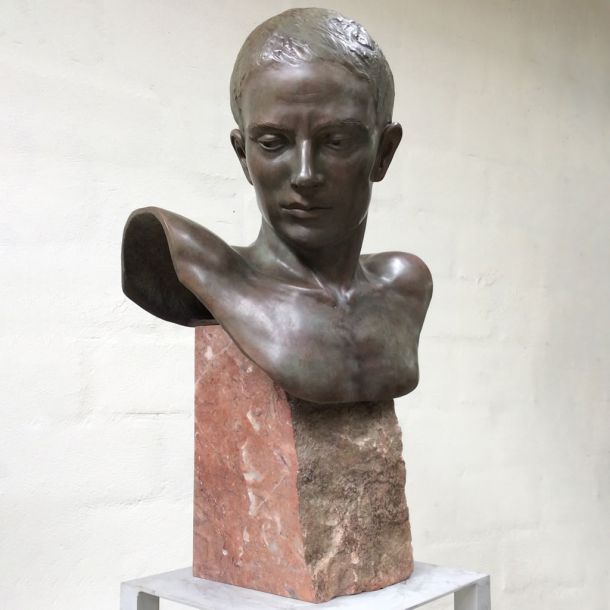
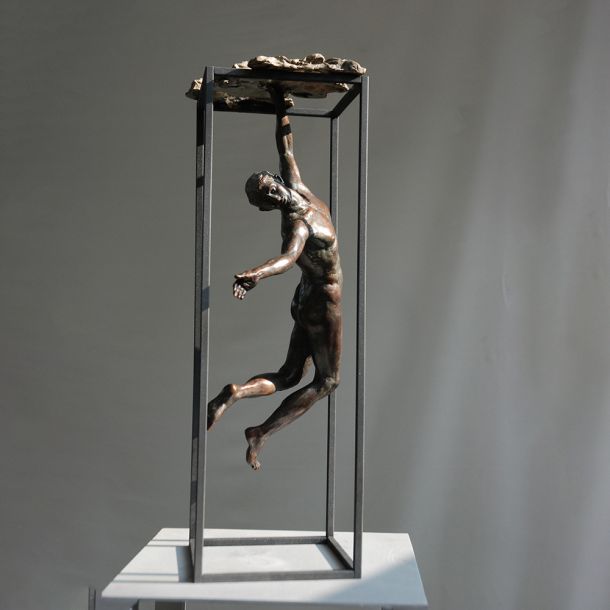
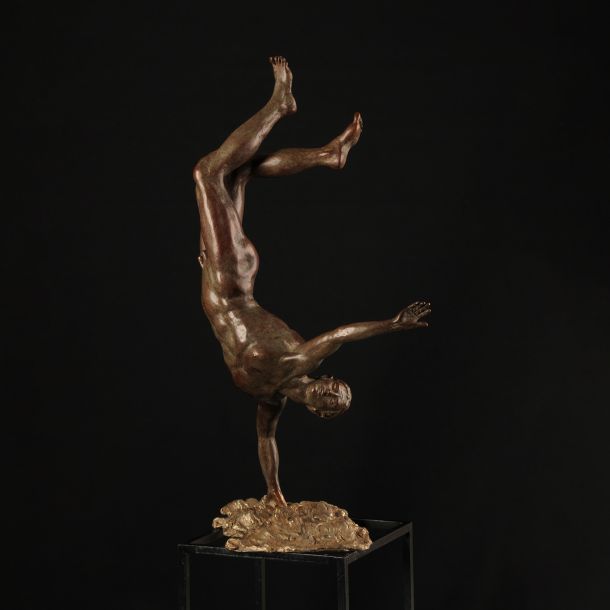
Remi Wörtmeyer
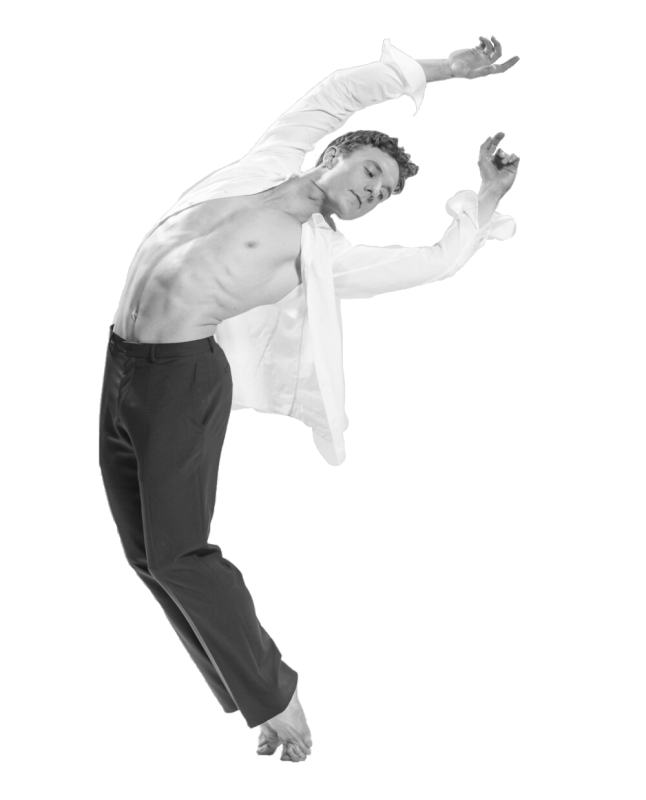
PHOTO BY PAUL VAN DER LINDE
Available Pieces
Dalí Black Label
Art Edtions

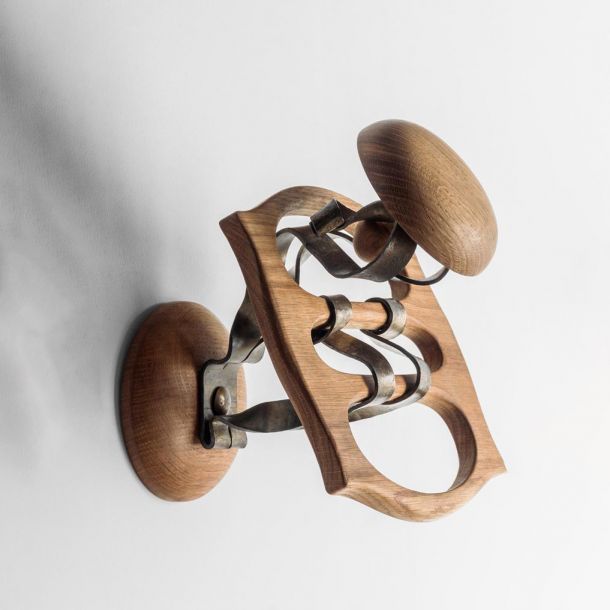
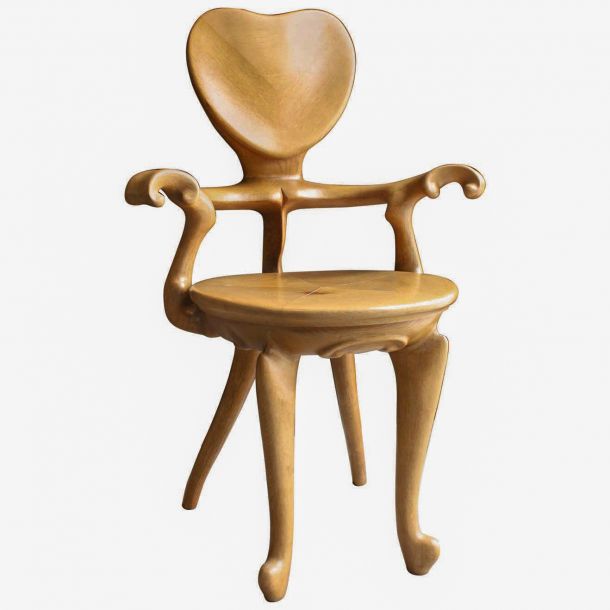
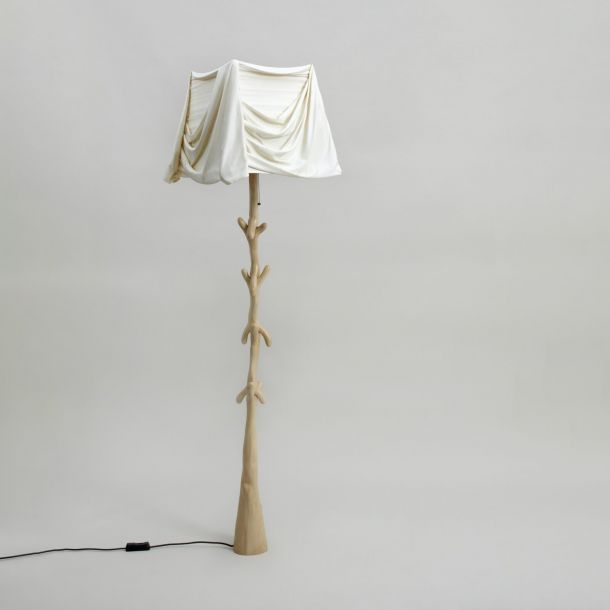
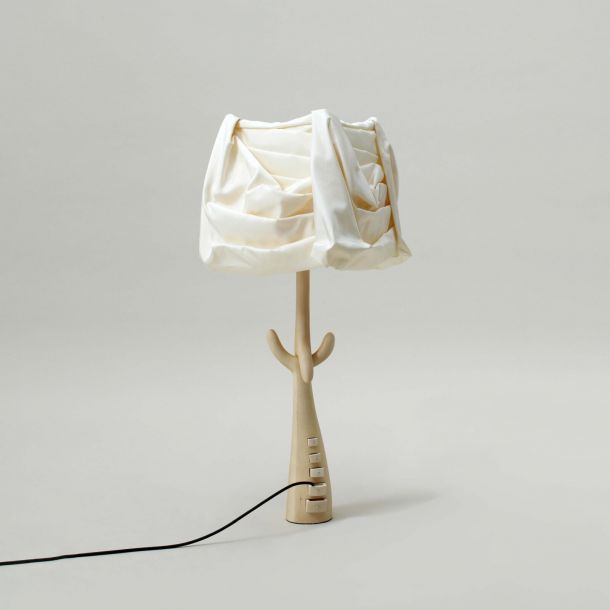
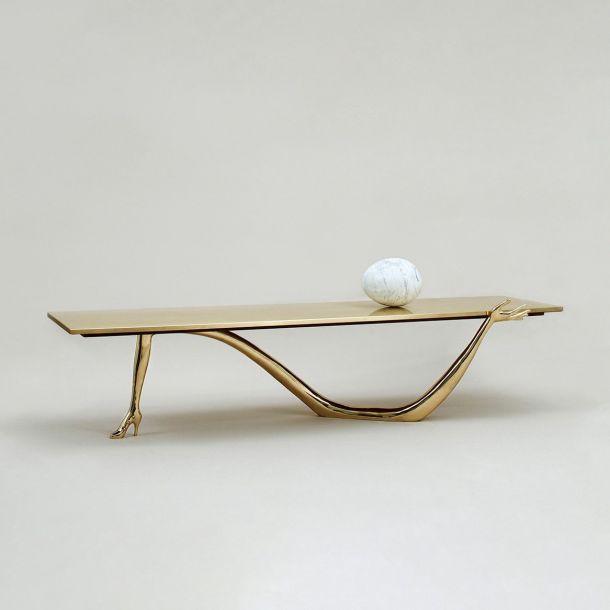


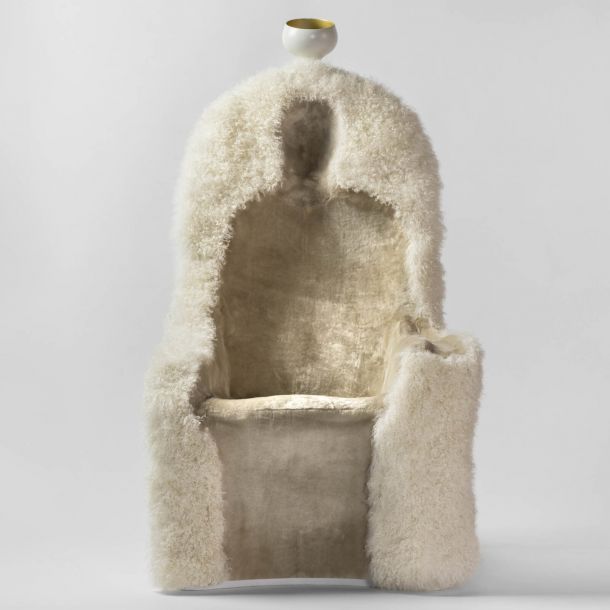

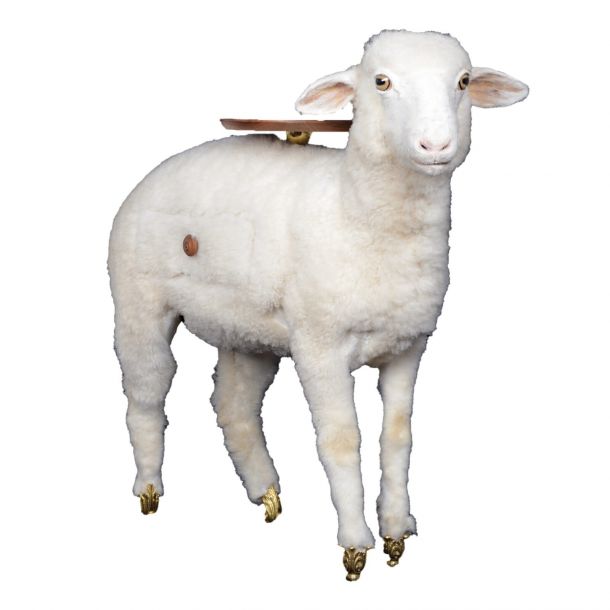
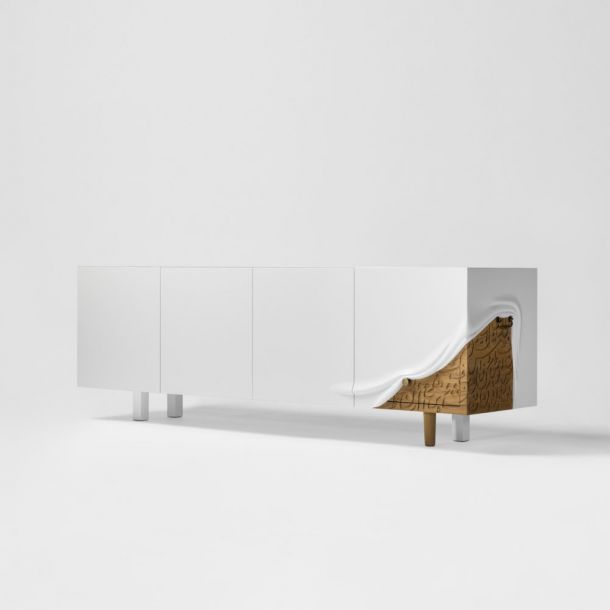
Available Pieces
π = ∞ Series
She Loves Me She Loves Me Not (SLMSLMN) Series
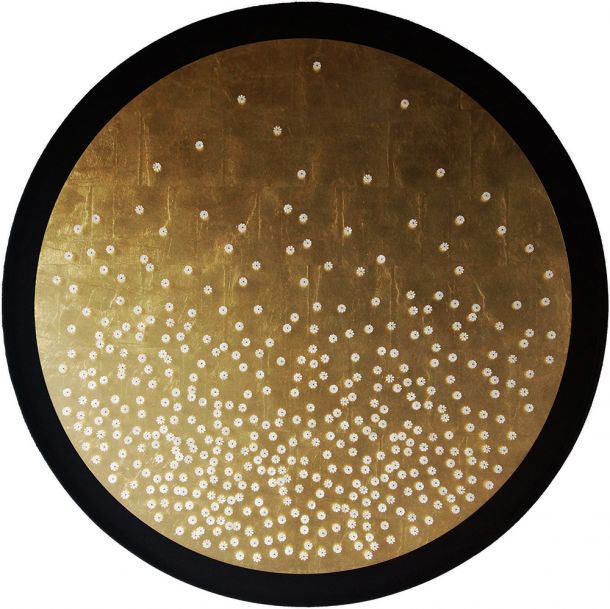
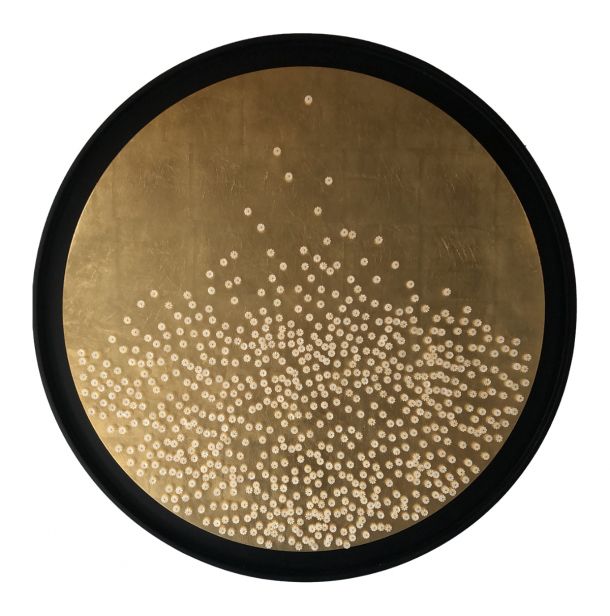

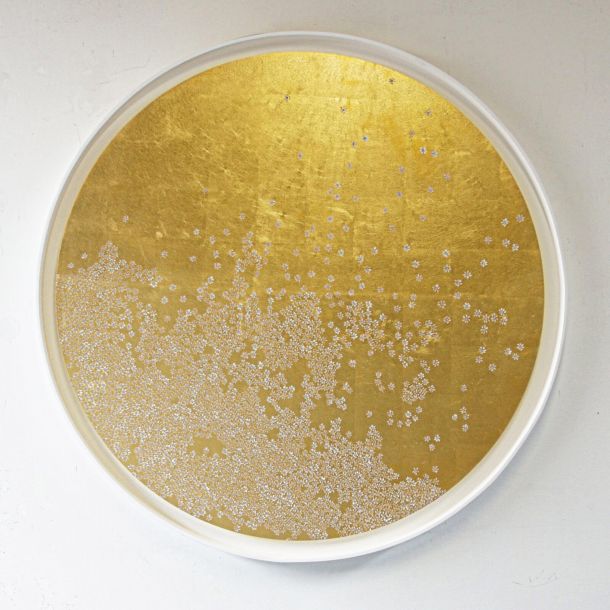
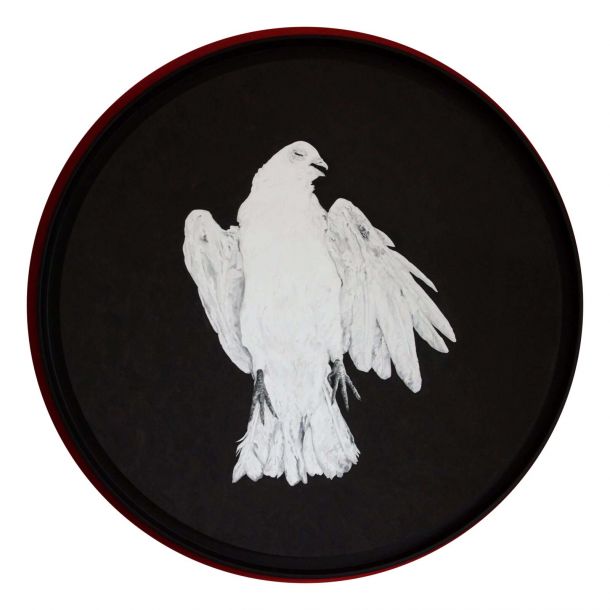
Mythology series
Overview of Artworks
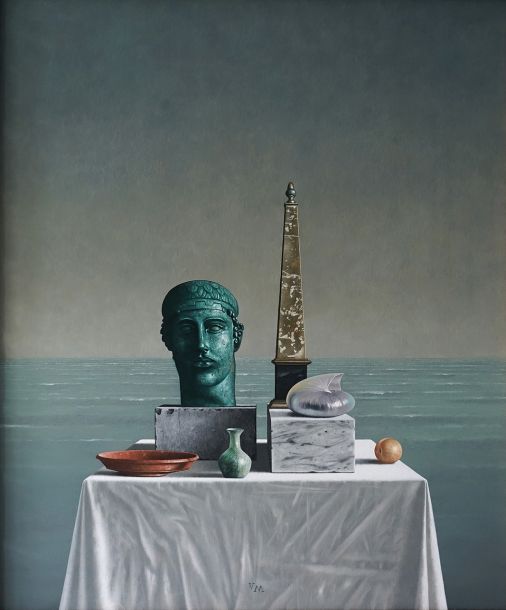

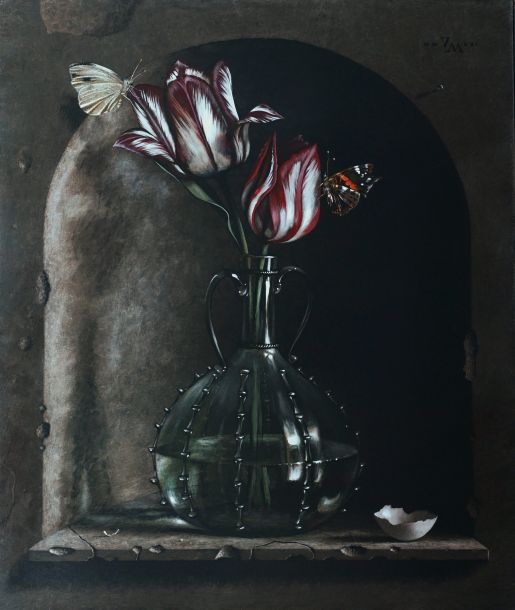
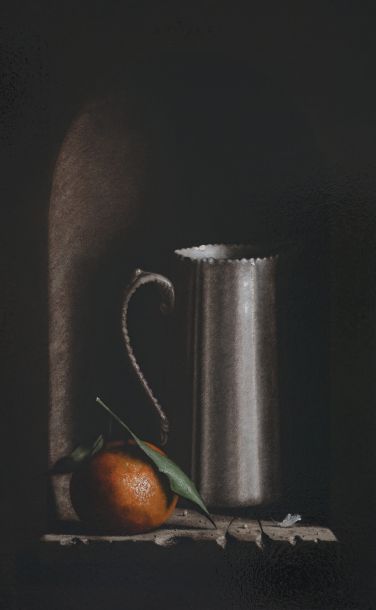
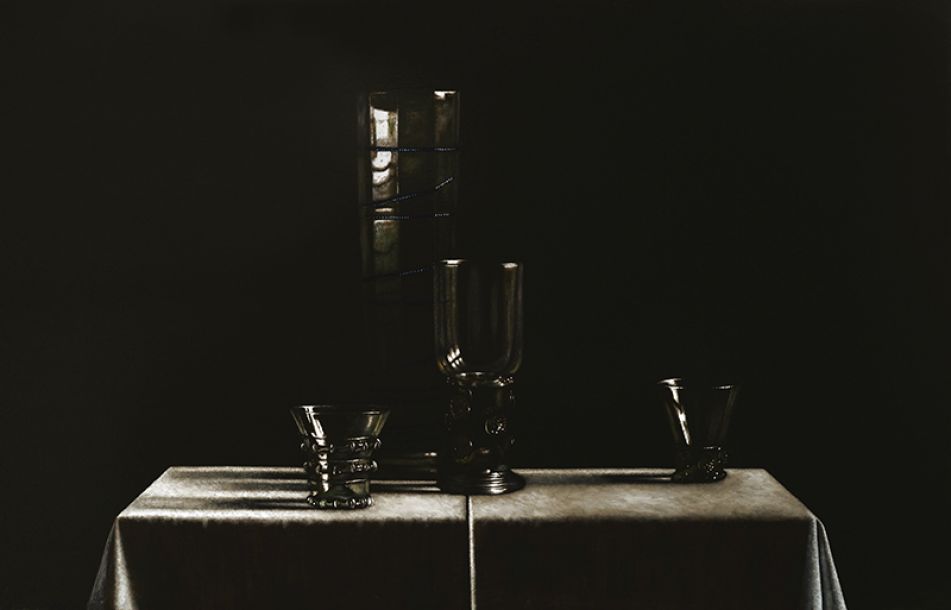
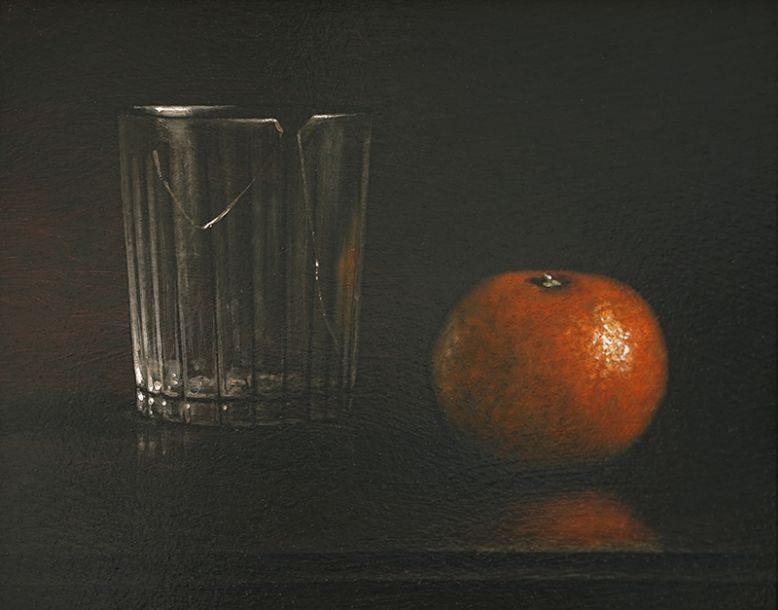
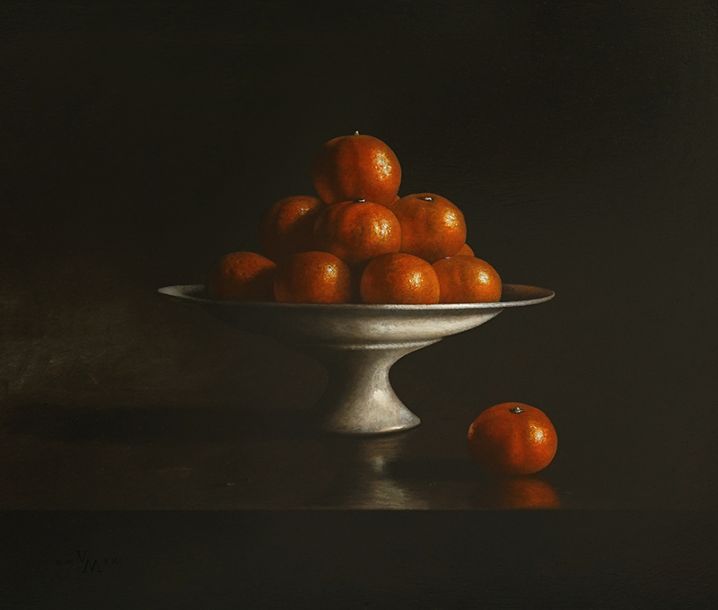
Available Pieces
Classic Still-Lifes
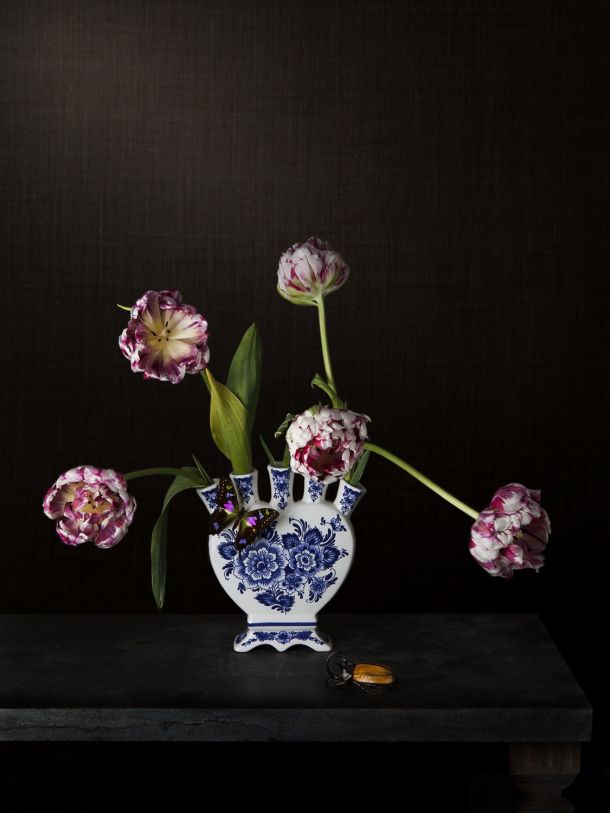
Tulips and Butterfly
80x60cm/120x90cm/140x105cm/160x120cm
€2,750/€4.250/€5.500/€7.500
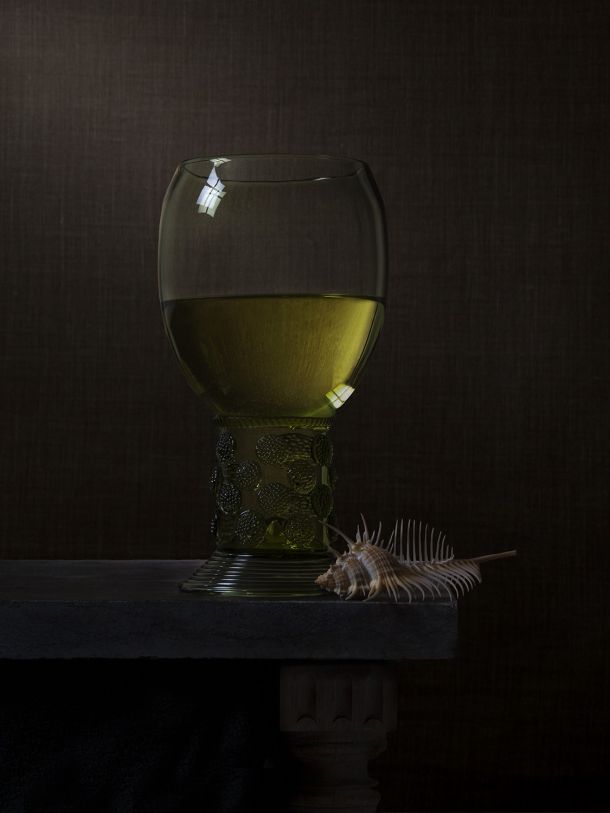
Roemer and Venus
80x60cm/120x90cm/140x105cm/160x120cm
€2,750/€4.250/€5.500/€7.500
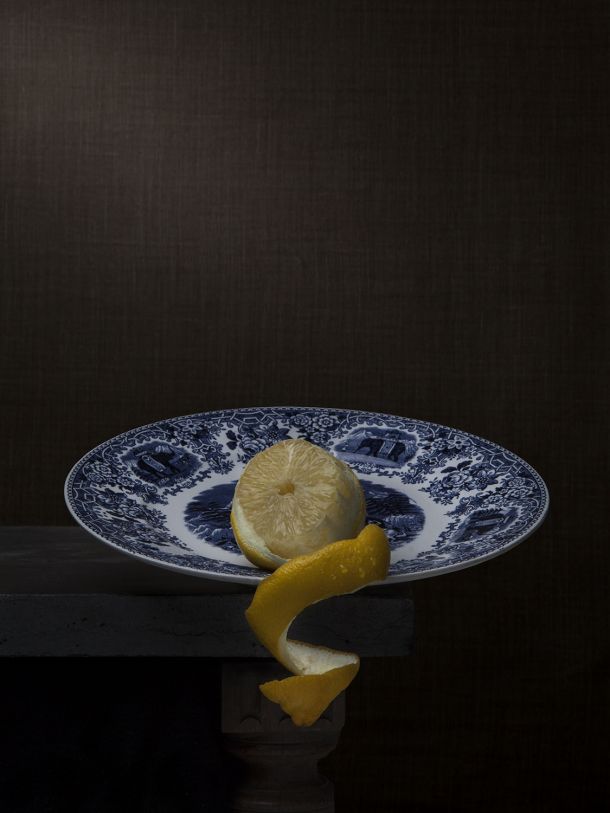
Lemon on China
80x60cm/120x90cm/140x105cm/160x120cm
€2,750/€4.250/€5.500/€7.500
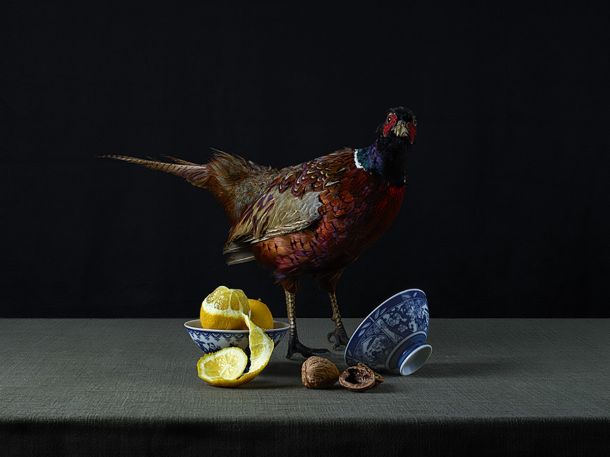
Surprised Pheasant
80x60cm/120x90cm/140x105cm/160x120cm
€3.500/€5.500/€8.000/€9.000
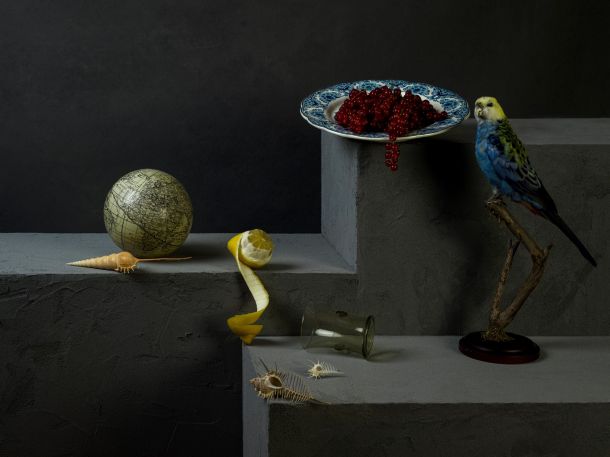
Wunderkammer met Bleekkop
80x60cm/120x90cm/140x105cm/160x120cm
€2,750/€4.250/€5.500/€7.500
Pronk Still Lifes
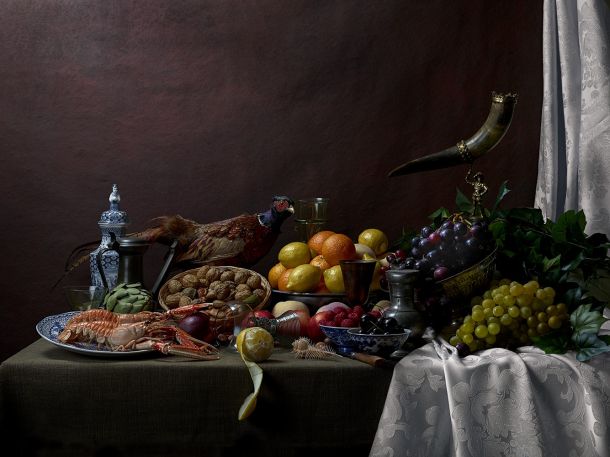
Pronk Still Life with Pheasant
80x60cm/120x90cm/140x105cm/160x120cm
€2,750/€4.250/€5.500/€7.500
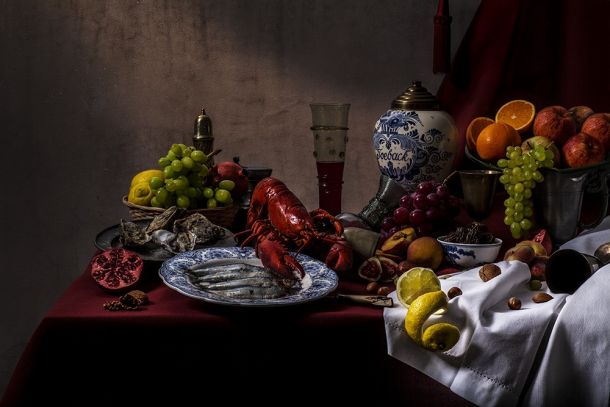
Pronk Still Life with Lobster
80x60cm/120x90cm/140x105cm/160x120cm
€2,750/€4.250/€5.500/€7.500
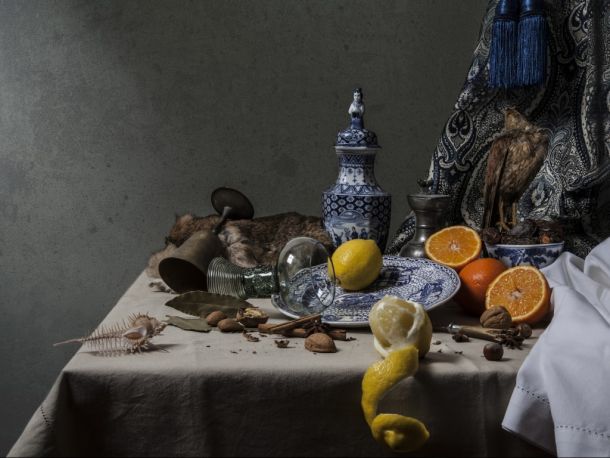
China and the Falcon
80x60cm/120x90cm/140x105cm/160x120cm
€2,750/€4.250/€5.500/€7.500
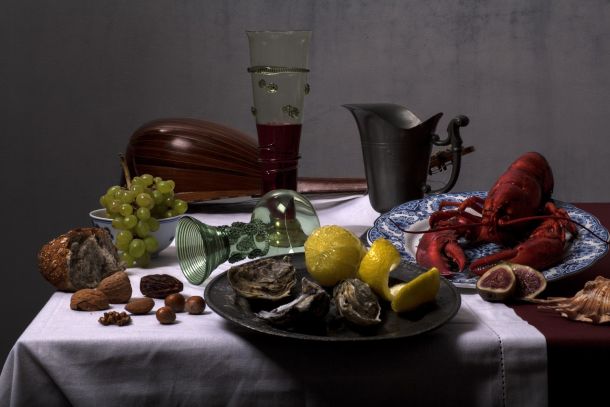
Still Life with Lobster
80x60cm/120x90cm/140x105cm/160x120cm
€2,750/€4.250/€5.500/€7.500
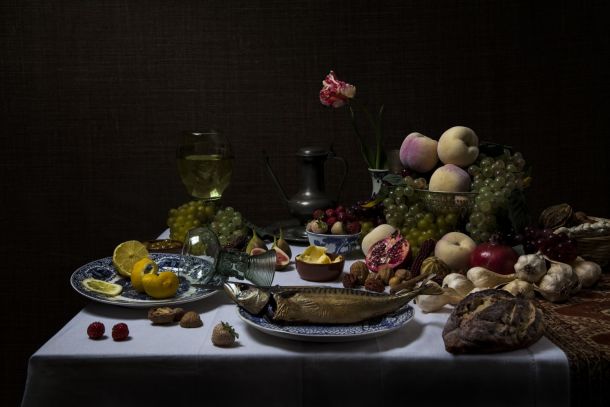
Still Life with Fruit and Fish
80x60cm/120x90cm/140x105cm/160x120cm
€2,750/€4.250/€5.500/€7.500
Inspired by Coorte
Available Pieces
Victory
Anatomia Colours
Anatomia Sculptures
Anatomia Sculptures
Anatomia Photo Series
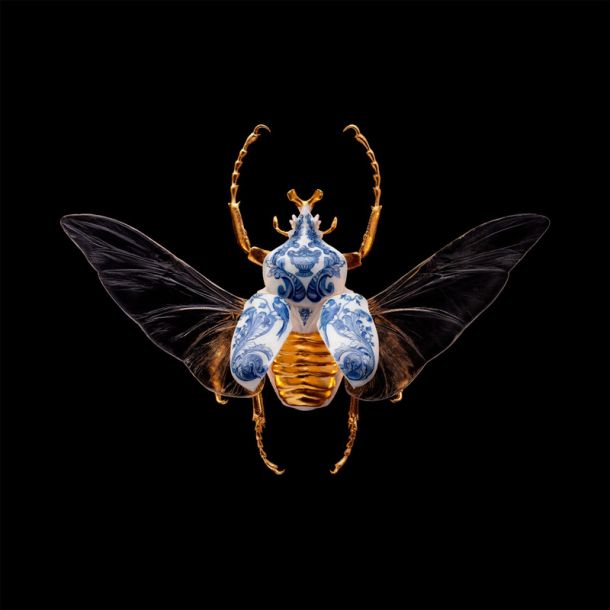
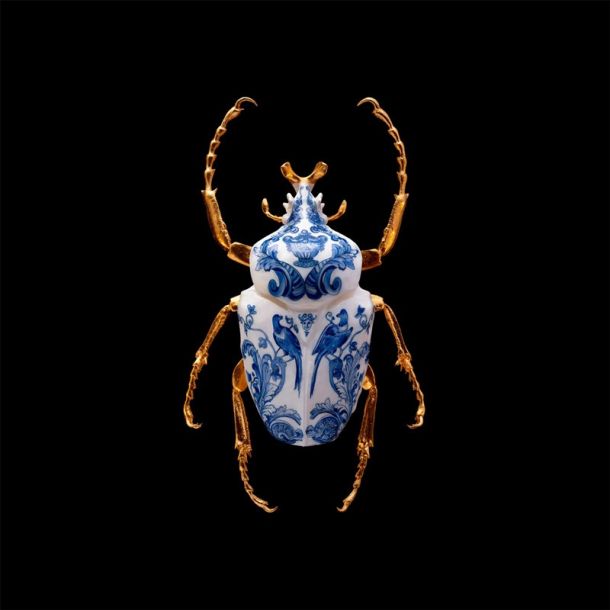
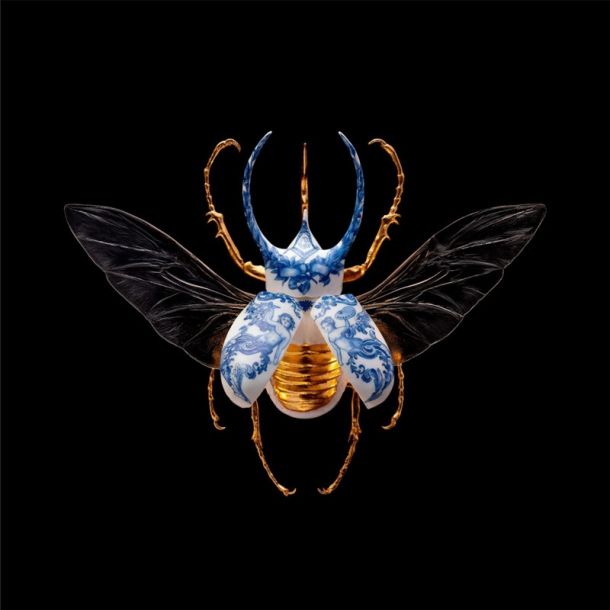

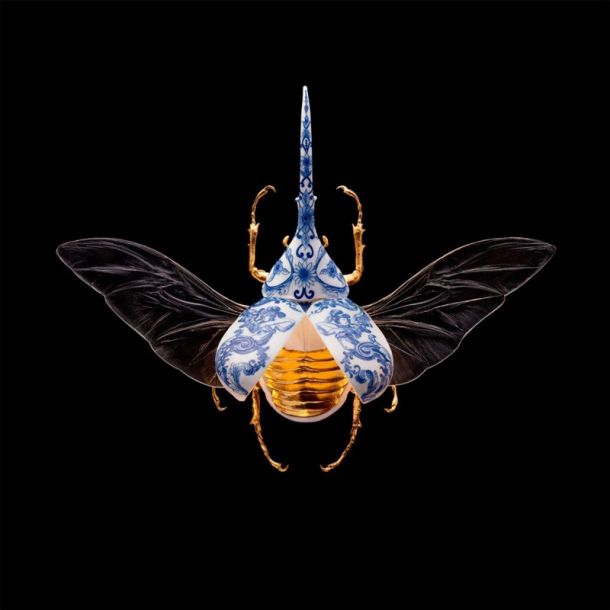
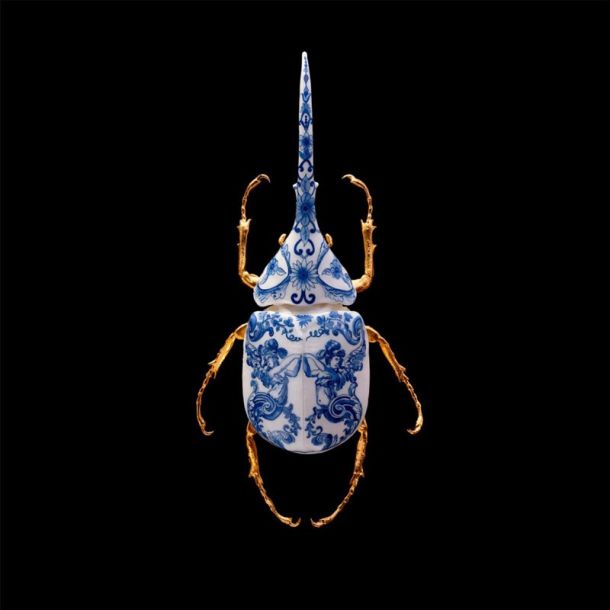
© TERTIUS GALLERY B.V. - CONTEMPORARY (All Rights Reserved)



